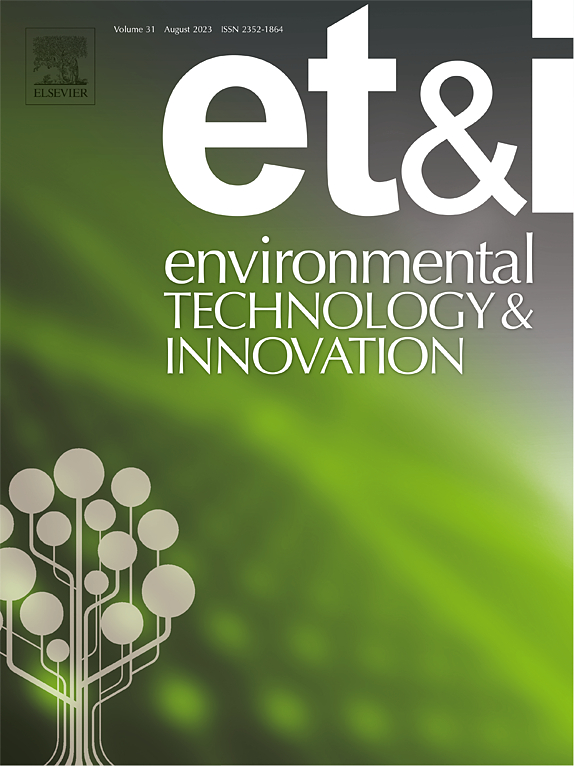Unseen threats: Microplastic presence in waterpipe tobacco
IF 6.7
2区 环境科学与生态学
Q1 BIOTECHNOLOGY & APPLIED MICROBIOLOGY
引用次数: 0
Abstract
Microplastics (MPs) are a ubiquitous form of waste and an emerging public health concern. MPs have been detected in various environmental matrixes, vegetables, and foods, but no data currently exists for tobacco samples. This research aimed to evaluate the concentration and characteristics of MPs in fresh tobaccos (fruit-flavored and regular) and their post-consumption waterpipe tobacco wastes (PWTWs). Our findings showed that the mean ± SD concentration of MPs particles in fresh flavored tobacco was 4.64 ± 1.59 items/g, whereas it was 0.79 ± 0.12 items/g in regular samples (p < 0.05). In the case of PWTW of flavored tobacco, the MPs concentration was 0.82 ± 0.07 items/g, while no particle was found in the PWTW of regular samples (p < 0.05). The most dominant size of MPs in fruit-flavored tobacco was 10–50 μm, while particles < 50μm (250–500μm) were the most frequent particles in fresh regular tobacco. Fibers were the most common shape among MP particles detected in both tobacco samples, with white/transparent and black being the predominant colors across all samples. The SEM-EDS (scanning electron microscope and energy-dispersive X-ray spectroscopy) analysis revealed that carbon and oxygen (C and O) were the primary elements detected in MPs present in waterpipe tobacco, confirming that these particles are plastic in nature. To better understand the implications of these findings, further research is needed to assess additional MP characteristics, such as polymer type. Moreover, investigating the potential toxicity of these MPs is crucial for understanding their effects on smokers' health.
求助全文
约1分钟内获得全文
求助全文
来源期刊

Environmental Technology & Innovation
Environmental Science-General Environmental Science
CiteScore
14.00
自引率
4.20%
发文量
435
审稿时长
74 days
期刊介绍:
Environmental Technology & Innovation adopts a challenge-oriented approach to solutions by integrating natural sciences to promote a sustainable future. The journal aims to foster the creation and development of innovative products, technologies, and ideas that enhance the environment, with impacts across soil, air, water, and food in rural and urban areas.
As a platform for disseminating scientific evidence for environmental protection and sustainable development, the journal emphasizes fundamental science, methodologies, tools, techniques, and policy considerations. It emphasizes the importance of science and technology in environmental benefits, including smarter, cleaner technologies for environmental protection, more efficient resource processing methods, and the evidence supporting their effectiveness.
 求助内容:
求助内容: 应助结果提醒方式:
应助结果提醒方式:


